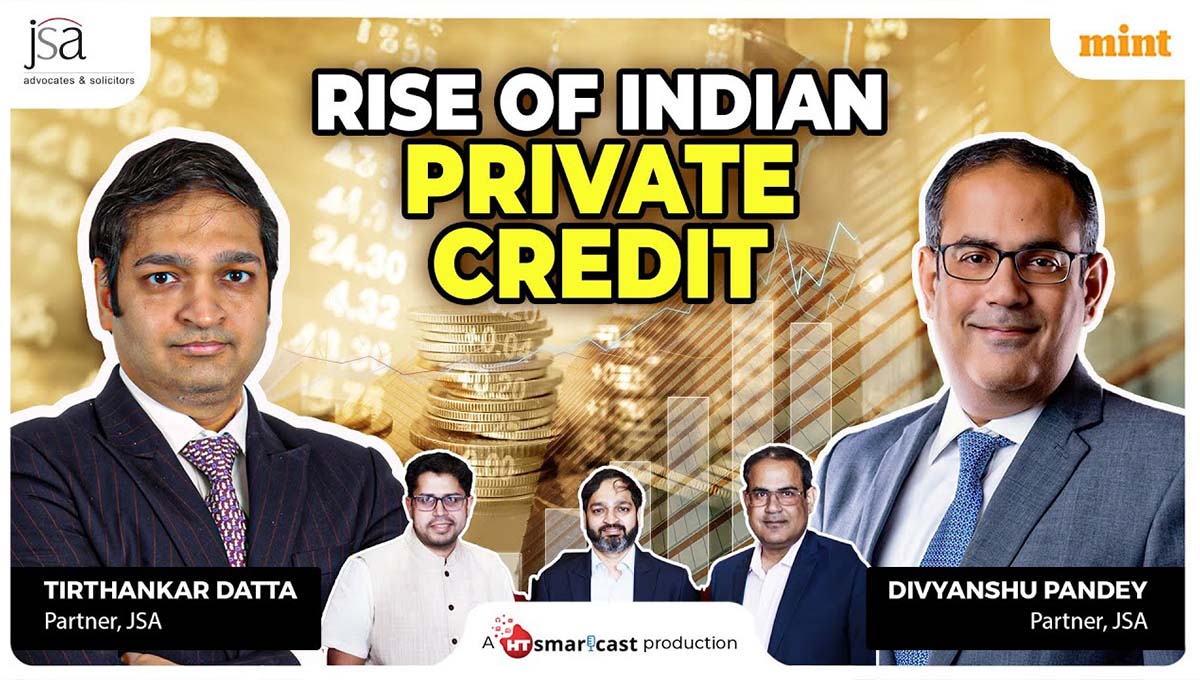Current Regulatory Framework
The Insurance Act, 1938 (Insurance Act) permits an amalgamation of or transfer of insurance business between two insurance companies of the same class in accordance with a scheme prepared under applicable law and approved by the Insurance Regulatory and Development Authority of India (IRDAI).
Currently, the Insurance Act prohibits a merger of or transfer of insurance business of an insurance company with a non-insurance company. This restriction was much debated in 2015 during the proposed merger of HDFC Life and Max Life. The said transaction involved an intermittent step merger of Max Life (an insurance company) with its listed holding company Max Financial Services (a non-insurance company), and thereafter a merger of the combined entity with HDFC Life. After much debate, the transaction was rejected by the IRDAI on the technicality that the Insurance Act permits a merger between two insurance companies of the same class. Even though the merger of Max Life (an insurance company) with Max Financial Services (a non-insurance company) was an intermittent step, and the ultimate merged entity HDFC Life would have been an insurance company, the transaction was hit by an embargo under the Insurance Act.
Interestingly, the Chennai bench of the National Company Law Appellate Tribunal in the matter of Insurance Regulatory and Development Authority of India vs. Shriram General Insurance Company Limited1, held that Section 35 of the Insurance Act pertains to merger of or transfer of insurance business between insurance companies, and a merger of an insurance company and a non-insurance company does not fall within the contours of Section 35 of the Insurance Act. The appellate tribunal negated the argument of the IRDAI that Section 35 does not expressly permit a merger of a non-insurance company and an insurance company.
Road to Clarity: Proposed Amendments
The Government of India has proposed to overhaul the existing legislative framework, and one such proposal is to permit a merger of or transfer of insurance business from an insurance company to a non-insurance company. If implemented, it will settle the debate and set a clear legislative framework for merger of or transfer of business of an insurance company to a non-insurance company and vice versa. The proposed amendment will also set the path for innovative structures in the market, where exits could be provided to investors investing in promoters of insurance companies. Additionally, non-insurance companies could obtain an insurance license without going through the rigours of a fresh license. Since it is also proposed that insurance companies can undertake businesses other than insurance business, non-insurance portfolios could be acquired by insurance companies by undertaking merger as well as transfer of a business undertaking.
Simplification of the Exiting Regulatory Framework
The process prescribed for a merger of or transfer of business of an insurance company under the Insurance Act, read with the IRDAI (Registration, Capital Structure, Transfer of Shares and Amalgamation of Indian Insurance Companies) Regulations, 2024 (Registration Regulations), is a three-step process. It is prescribed that transacting insurers inter-alia file a notice of intention notifying the IRDAI of the transaction followed by filing an application for seeking an ‘in principle’ approval from the IRDAI. Upon receiving an ‘in principle’ approval, the transacting insurers can file an application to other regulatory authorities including the National Company Law Tribunal, Reserve Bank of India, Securities Exchange Board of India, as applicable. The transaction is further subject to a final approval of the IRDAI after approval(s) from other regulatory authority(ies) is obtained by the transacting insurers. The aforesaid process is cumbersome and does not permit all regulatory authorities to be approached simultaneously. It is recommended that the process of merger of or transfer of insurance business between two insurance companies also be simplified such that there is a single window clearance from the IRDAI. Further, a process of merger or transfer of insurance business between an insurance company and a non-insurance company will also have to be proposed as part of the legislative framework.
Conclusion
The merger of insurance companies with non-insurance companies in India will represent a significant shift in the regulatory landscape, fostering greater innovation and ease of doing business. Such mergers could create synergistic benefits and form strategic alliances that could redefine the scope and scale of insurance services, enhancing value for both businesses and consumers.
***
By: Sidharrth Shankar, Partner & Co-Chair Corporate Practice and Shivangi Sharma Talwar, Partner.













